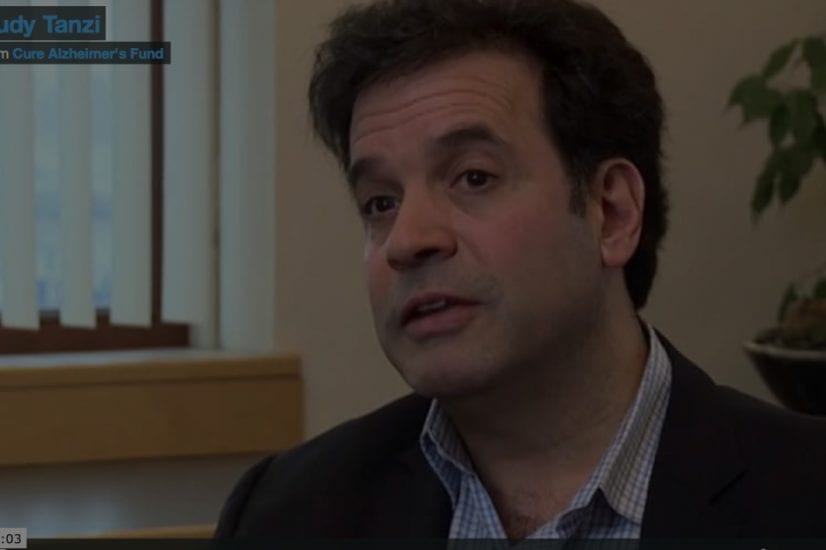Research uncovering 12 new gene variations connected to the cause of the early-onset familial form of Alzheimer’s disease (EO-FAD), which generally strikes before the age of 65, is being published in the journal Molecular Psychiatry.
The Cure Alzheimer’s Fund-supported research conducted a comprehensive genome-wide screen of over 100 EO-FAD families, identifying copy number variations (CNVs) in early onset families where the three genes and their mutations known to cause EO-FAD were not found. CNVs consist of abnormal deletions, duplications, or rearrangements of large sections of human genome DNA, and are known to make a significant contribution to genetic variation.
“Every new gene or gene mutation found related to Alzheimer’s pathology provides new targets for intervention in the pathology — new ways to stop the disease,” said the project’s lead researcher Dr. Rudolph Tanzi of Massachusetts General Hospital, Harvard Medical School and chair of Cure Alzheimer’s Fund’s Research Consortium. “Part of the reason why so many Alzheimer’s drugs have failed is that as we in the research field have not understood enough about the origins of the disease to develop interventions that are both safe and effective. By learning more about the very complex genetic underpinnings of the disease — what genes affect risk or protection for the disease, and what functions they perform, and how they contribute to the pathology — we have a much better chance to stop the disease quicker.”
Prior to Tanzi’s latest research, only one CNV had been linked to Alzheimer’s disease through his research and co-discovery completed in the 1980’s and 90’s of mutations in three genes — amyloid precursor protein (APP), presenilin 1 and 2 (PSEN1 and PSEN2) that cause roughly 50 percent of EO-FAD.
Lead author, Raj Hooli, an Instructor in Neurology at MGH and Harvard, said “These are the first EO-FAD gene mutations to be described since the presenilin genes in 1995. Our hope is to use these as we did the original EO-FAD genes to accelerate novel therapies that can prevent and treat Alzheimer’s disease.”
Click here to read the paper.





